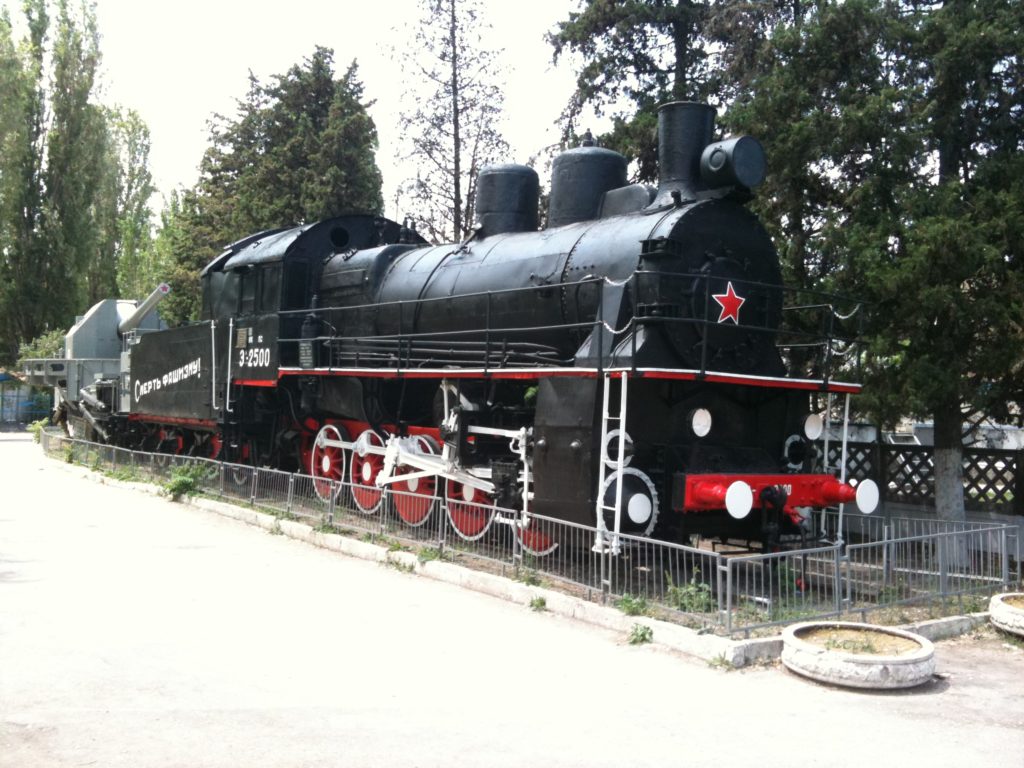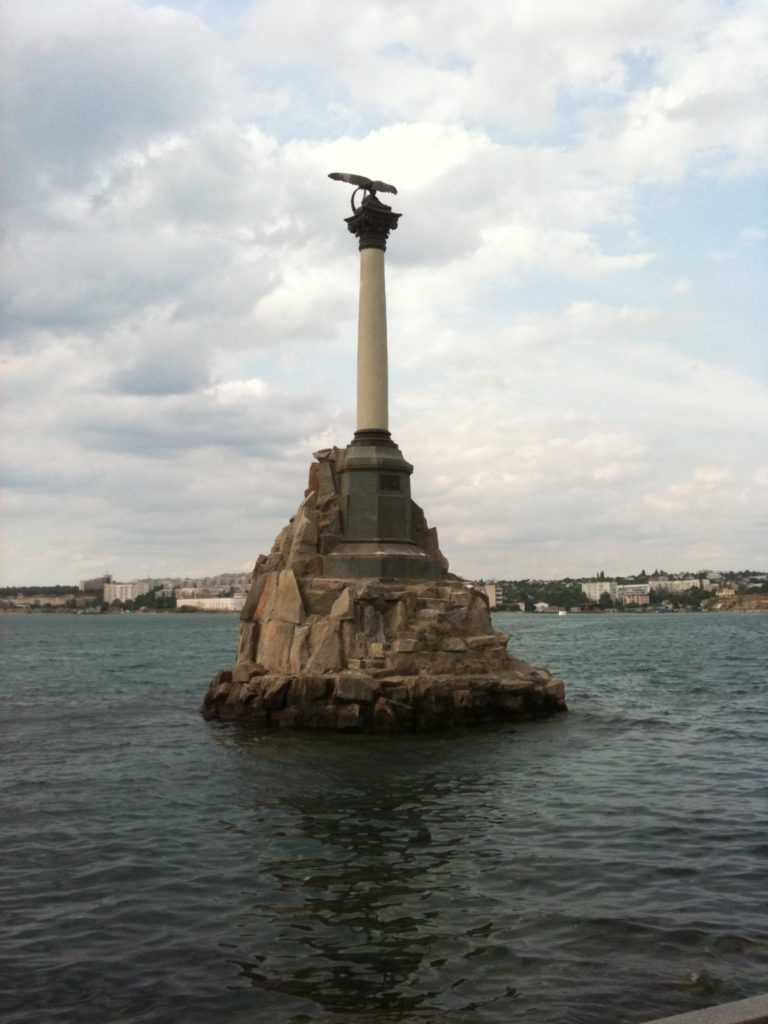Sevastopol. The Crimean city that the locals say survived three sieges, the longest one ending in 2014. The second siege was between 1941 and 1944, when the city ultimately fell under the German control yet retained it fighting spirit until its liberation.
Below is an NTV tribute to the Hero-City of Sevastopol with my translation of the transcript
By the start of WWII, Sevastopol was the largest port of the Black Sea, and the main maritime military base of the USSR. Thus it was among the first Soviet cities bombed by the German aviation on the 22nd of June 1941.
Crimea had a strategic importance for the Fascist Germany and for they advancement along the Southern flank.
Besides that, the German Reich propagandists invented a theory that the peninsular had historically belonged to the German nation.
After the war, Crimea was to be renamed into Gothenland – the land of the Goths. It was to be populated by the Germans and become a real treat resort for the true Arians. [Translator note: Napoleon had the same plans, with the French twist.]
After fierce battles of autumn of 1941, the enemy broke through the defences at Perekop, and by mid-November the army of General Mannstein controlled the whole of Crimean territory with the exception of the heroically resisting Sevastopol.
The resistance line stretches over a distance of 40km. The city enters the state of siege. Despite that, the production of mortars is started in the city, while uniforms are sewn and munitions are produced in the old mountain mining caves.
Five armoured trains are kept in the working condition by the workers of the maritime factory. A floating artillery battery is built from a segment of an unfinished battleship. It was armed with anti-aircraft guns, automatic cannons, machine guns and got an unofficial name of “Don’t Touch Me”. It was tasked with covering the city from the air raids coming from the direction of the sea.
Having failed with the October onslaught, the Germans make three more massive attempts to take the city, increasing their numbers with each attempt. The last assault starts on the 7th of June 1942. General Mannstein would later write in his memoirs that no other time during WWII did the Germans use such a massive amount of artillery as during the attack on Sevastopol.
In addition, during the decisive attack on Sevastopol, the super-heavy 800mm artillery gun “Dora” for used for the first time. The iron monster weighing 1350 tonnes, was transported on railroad tracks and fired with shells weighing 7 tonnes. 53 such shells were fired at Sevastopol.
During the night on the 1st of July Germans rush into the city. The remaining soldiers heroically fight back, despite that there was no city left. In that very same 1942 the painter Alexander Deineka would paint the picture “Defence of Sevastopol”. With the flaming glow and the clouds of black smoke as a backdrop, the light and darkness face off in a mortal combat. In the middle is a sailor is throwing himself at a row of the enemy bayonets.
The defence of Sevastopol lasted for 250 days. The German offensive against the Southern flank of the Soviet front was slowed down. The unrecoverable losses of the Soviet troops were 160.000 people in killed or taken captive. Tens of thousands of civilians were killed or driven to Germany during the time of the occupation.
But the spirit of resistance remains unbroken. The partisan underground worked on the peninsular up until the liberation of Sevastopol on the 9th of May 1944. One year later cane The Victory. And 20 years after that Sevastopol was awarded the title of Hero-City.


Zheleznjakov – the legendary armoured train in Sevastopol with the words “Death to Fascism” written on the auxiliary – unarmoured – steam engine, which survived the war.

Monument to the Sunken Ships, built in 1905 in commemoration of 50 years since the (then first) Siege of Sevastopol by the British-French invaders. The monument survived the strong earthquake of 1927 and the German bombings and the second siege of Sevastopol.
Pictures taken by me in 2010.

